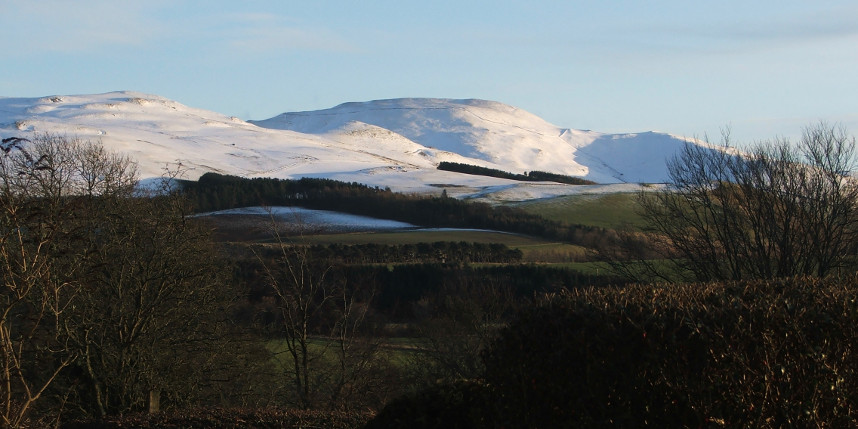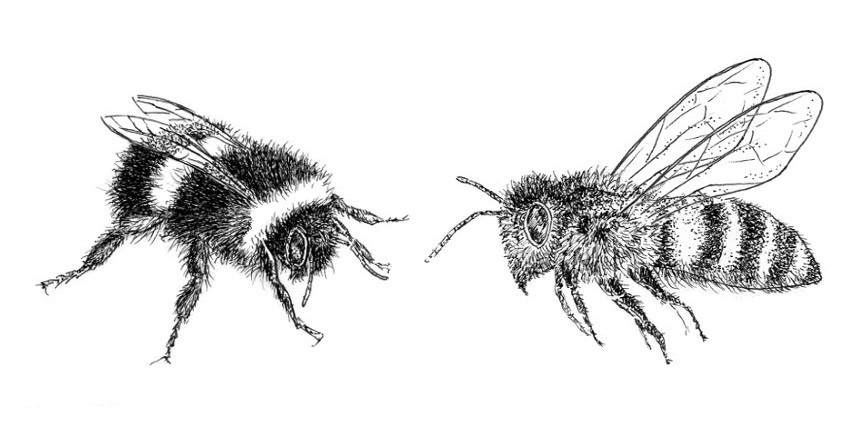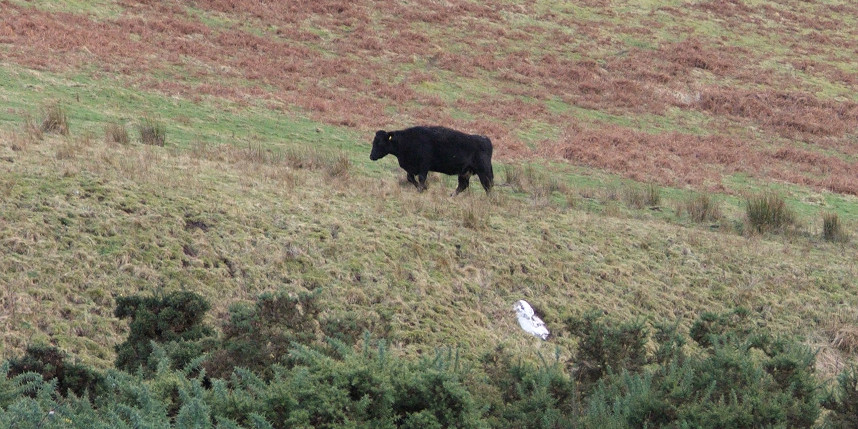So, it's winter. Not that you would know it. There has been a distinct lack of snow and cold weather. We had some snowfall this last week but it did not lie, the closest lying snow being in the hills. However I did take the opportunity to prance about in the falling snow with Indy, who also found it great fun. One never knows when the next snow will happen.

While I enjoy snow at any time, the problem is that the wildlife had already decided it is spring. The rodents and insectivores have been active in the grass verges for weeks. I never see them but I hear them disappearing into the greenery when they hear my footsteps. The squirrels are much more visible than in previous years and the trees and bushes have been in bud for weeks too. I have even seen dandelions and daisies flowering along with both honey bees and bumble bees. A number of small tortoiseshell butterflies have emerged in the house too, which leaves me with a quandary - do I leave them in the house to flutter about (and freak out the dog) or do I put them outside. Without a handy outbuilding near enough to deposit them, the best I can offer is under the garden shed. Not ideal.
 While there are plenty of flowers in the garden for those insects, there is still the threat of a cold snap. The following photo was taken on 1st March 2018. That year there were no early bees or butterflies to worry about. With the unstable weather patterns we have seen here in Scotland over the last few years, there is no reason why we should not expect something extreme before the spring - and that is bad for all the local wildlife that think it's later in the year.
While there are plenty of flowers in the garden for those insects, there is still the threat of a cold snap. The following photo was taken on 1st March 2018. That year there were no early bees or butterflies to worry about. With the unstable weather patterns we have seen here in Scotland over the last few years, there is no reason why we should not expect something extreme before the spring - and that is bad for all the local wildlife that think it's later in the year.

I don't have a remedy for the problem. It is a much bigger issue than just an early spring or less snow this year. Over the last 25 years I have seen changes in the wildlife here. The state of the environment dictates how well the wildlife does. I have seen populations wax and wane and species come into the area and leave. But the biggest changes I have seen over the course of my life is the weather.
When I was a child, living in the south of England, a hot day in summer was 22 degrees C. Now days of 32 degrees C are becoming common. In the 25 years I have lived in the Scottish Borders, we have gone from having winters where we have been snowed in with no water or electricity to the unstable, wet and windy winters like this year. Snowfall has declined in return. Is it natural?

I remember in GCSE geography lessons we were shown a diagram of the temperature changes over time, one that showed big ice ages, mini ice ages and the corresponding rises (you can find a similar one here). The world's weather patterns have swung up and down over millennia. Does this mean the current state is not down to man-made issues? Possibly not. I do not see how man's actions, pumping tonnes of unsavoury gasses into the atmosphere, is not having an effect on the world. We have seen the state of the oceans with plastic and the junk left in the wild places like the Himalayas and know that is a bad thing. Will we not learn from those lessons?
I am not a scientist and I do not keep up to date with the current studies on climate change. I am just a curious individual observing changes in my local area. No doubt I will be seeing many more changes to come in the years ahead. I suspect it will be an uphill struggle for the wildlife though.
